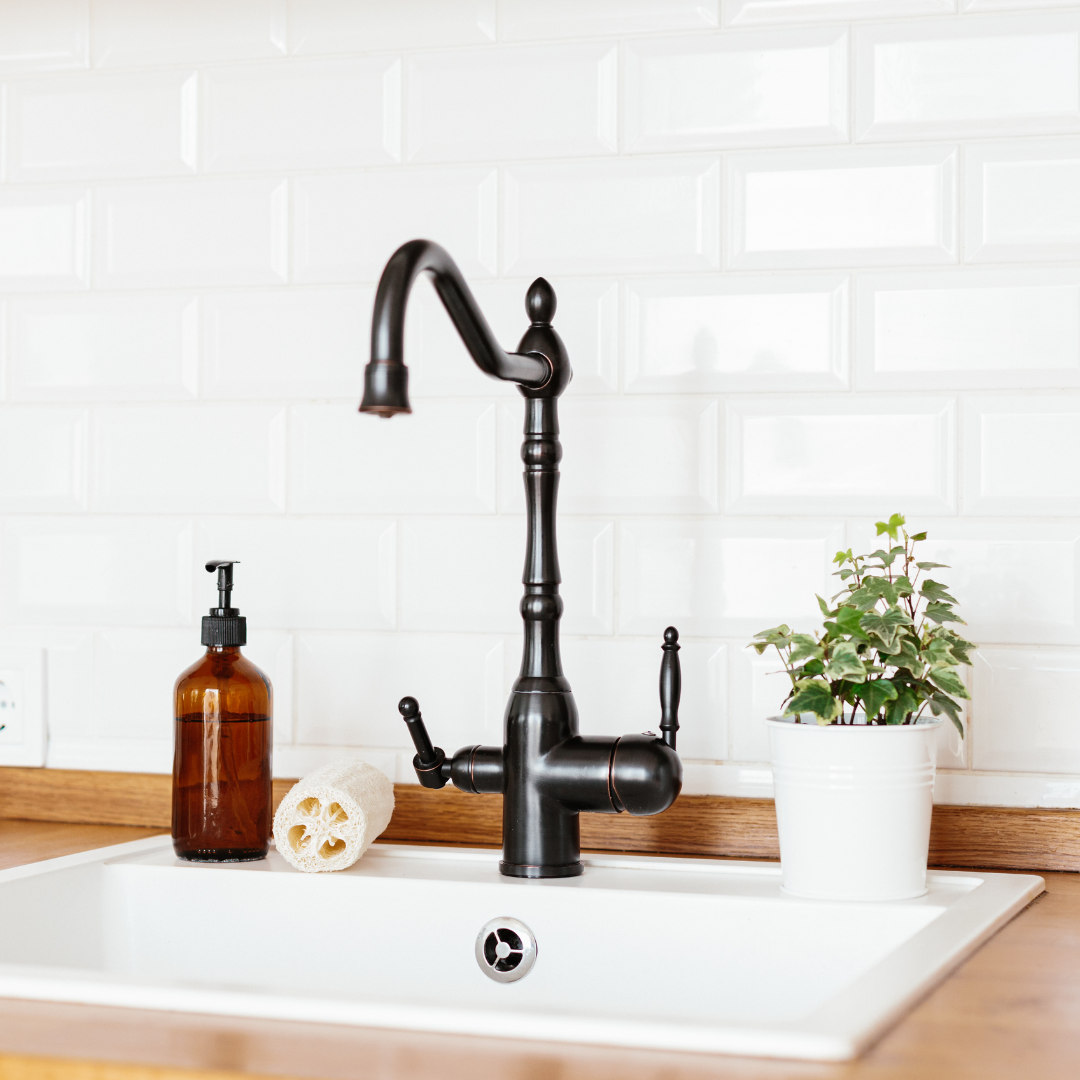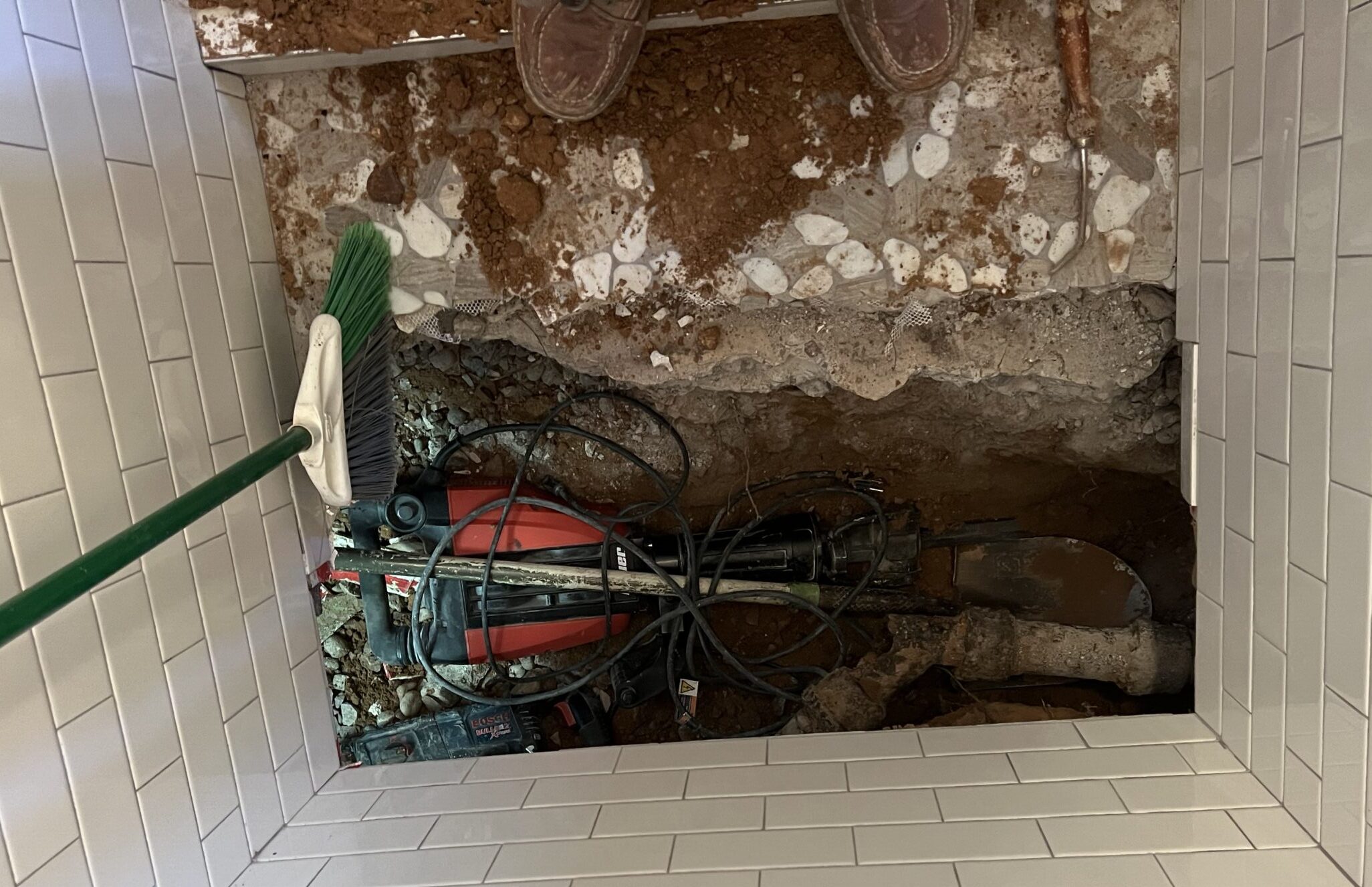As a trusted plumber serving the Phoenix area, we understand that a running toilet can be a frustrating and inconvenient plumbing issue. Not only does it waste water, but it can also lead to higher water bills if left unresolved. In this blog post, we will guide you through the process of diagnosing and repairing a running toilet, empowering you to take matters into your own hands.
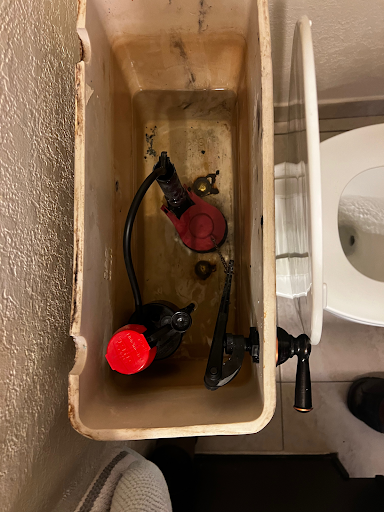
Step 1: Diagnosing the Problem
Before attempting any repairs, it’s important to identify the root cause for the running toilet. Here are the most common culprits and steps to diagnose:
- Check the Flapper: The flapper is a rubber seal that controls the flow of water from the tank to the bowl. Inspect the flapper for any signs of wear, damage, or misalignment. A faulty flapper is a common cause for a running toilet.
- Examine the Fill Valve: The fill valve regulates the water level in the tank. Ensure that the float arm and ball move freely and are not blocked. If they are, readjust or replace, as needed.
Inspect the Overflow Tube: The overflow tube prevents the toilet from overflowing. Ensure that the water level in the tank reaches about an inch below the top of the overflow tube. If the water level is too high, adjust the float or replace the fill valve.
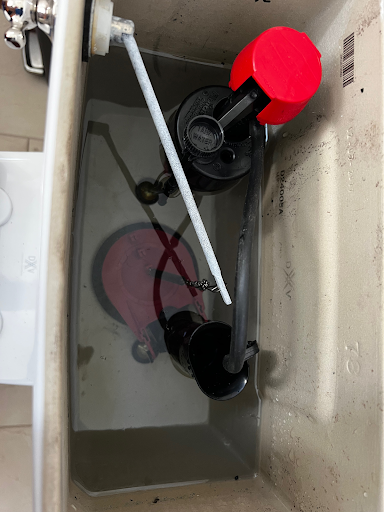

Step 2: DIY Repair
Now that you’ve figured out what’s causing your running toilet, it’s time to roll up your sleeves and tackle the necessary repairs. Don’t worry, it’s easier than you might think! Let’s dive into some simple steps to fix those pesky running toilet problems:
- Adjust or Replace the Flapper: If the flapper is worn or misaligned, it will not form a proper seal, causing water to continuously leak into the bowl. Adjust the chain length or replace the flapper to ensure a tight seal.
- Clean or Replace the Fill Valve: If the fill valve is clogged or not functioning properly, it will cause the toilet to run continuously. Start by cleaning the fill valve and the surrounding area. If the issue continues, consider replacing the fill valve.
- Address the Overflow Tube Issues: If the water level in the tank is too high and water is constantly flowing into the overflow tube, you may need to adjust the float or replace the fill valve. Make the necessary adjustments tokeep the water level within the recommended range.
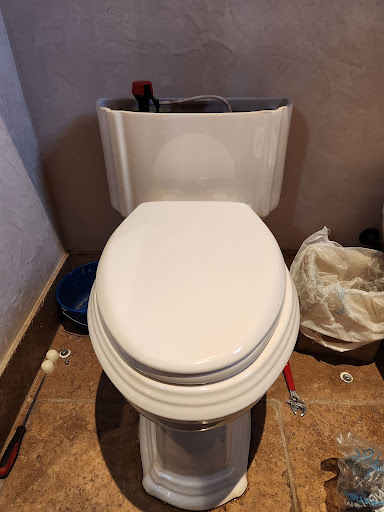

Step 3: Test and Monitor
After completing the repairs, it’s crucial to test the toilet and monitor it for any further issues. Flush the toilet and observe if the running has stopped. Ensure that the flapper creates a proper seal, the fill valve operates smoothly, and the water level remains stable.
When to Call a Professional
While DIY repairs can often resolve running toilet problems, some situations may require the expertise of a licensed plumber. If you encounter complex issues, lack plumbing experience, or are unable to diagnose the problem accurately, it would be best to seek the assistance of a qualified plumber in Phoenix, such as Instant Plumbing and Rooter.
Remember, taking prompt action to address a running toilet can save water, lower your utility bills and prevent potential water damage. By following the steps outlined above, you can become a DIY expert in resolving common running toilet issues. For any plumbing concerns in Phoenix, don’t hesitate to contact a qualified plumber like Instant Plumbing and Rooter. We are committed to providing top-notch plumbing services to homeowners in Phoenix and ensuring their satisfaction with our expertise and customer service.
Frequently Asked Questions
Q: What are the first steps to diagnose a running toilet?
A: The initial step in diagnosing a running toilet is to identify the root cause. Start by checking the flapper for wear, damage, or misalignment. Next, examine the fill valve to ensure it’s functioning correctly and that the float arm and ball are not obstructed. Finally, inspect the overflow tube to make sure the water level is about an inch below its top. These checks will help you pinpoint the issue.
Q: How can I fix a faulty flapper in my toilet?
A: If the flapper is the culprit, it may be due to wear or misalignment. You can adjust the chain length to ensure it’s not too tight or too loose. If the flapper is damaged or worn out, replacing it is the best solution. A properly functioning flapper should form a tight seal to prevent water from leaking into the bowl.
Q: What should I do if the fill valve is causing the toilet to run?
A: If the fill valve is clogged or malfunctioning, start by cleaning it and the surrounding area. If cleaning doesn’t resolve the issue, you may need to replace the fill valve. A properly working fill valve is crucial for regulating the water level in the tank and preventing continuous running.
Q: When should I call a professional plumber for a running toilet?
A: While many running toilet issues can be resolved with DIY repairs, complex problems or lack of plumbing experience might require professional help. If you’re unable to accurately diagnose the problem, or if the issue persists after your attempts to fix it, it’s best to contact a qualified plumber like Instant Plumbing and Rooter in Phoenix.
Q: How important is it to address a running toilet promptly?
A: Addressing a running toilet promptly is very important. Not only does it waste a significant amount of water, leading to higher utility bills, but it can also indicate underlying issues that might cause more serious plumbing problems in the future. Prompt repairs can save water, reduce costs, and prevent potential water damage.
For any plumbing concerns in Phoenix, especially with running toilets, don’t hesitate to reach out to Instant Plumbing and Rooter. We’re here to provide expert guidance and reliable plumbing services to ensure your toilet functions efficiently.

